Research Highlights
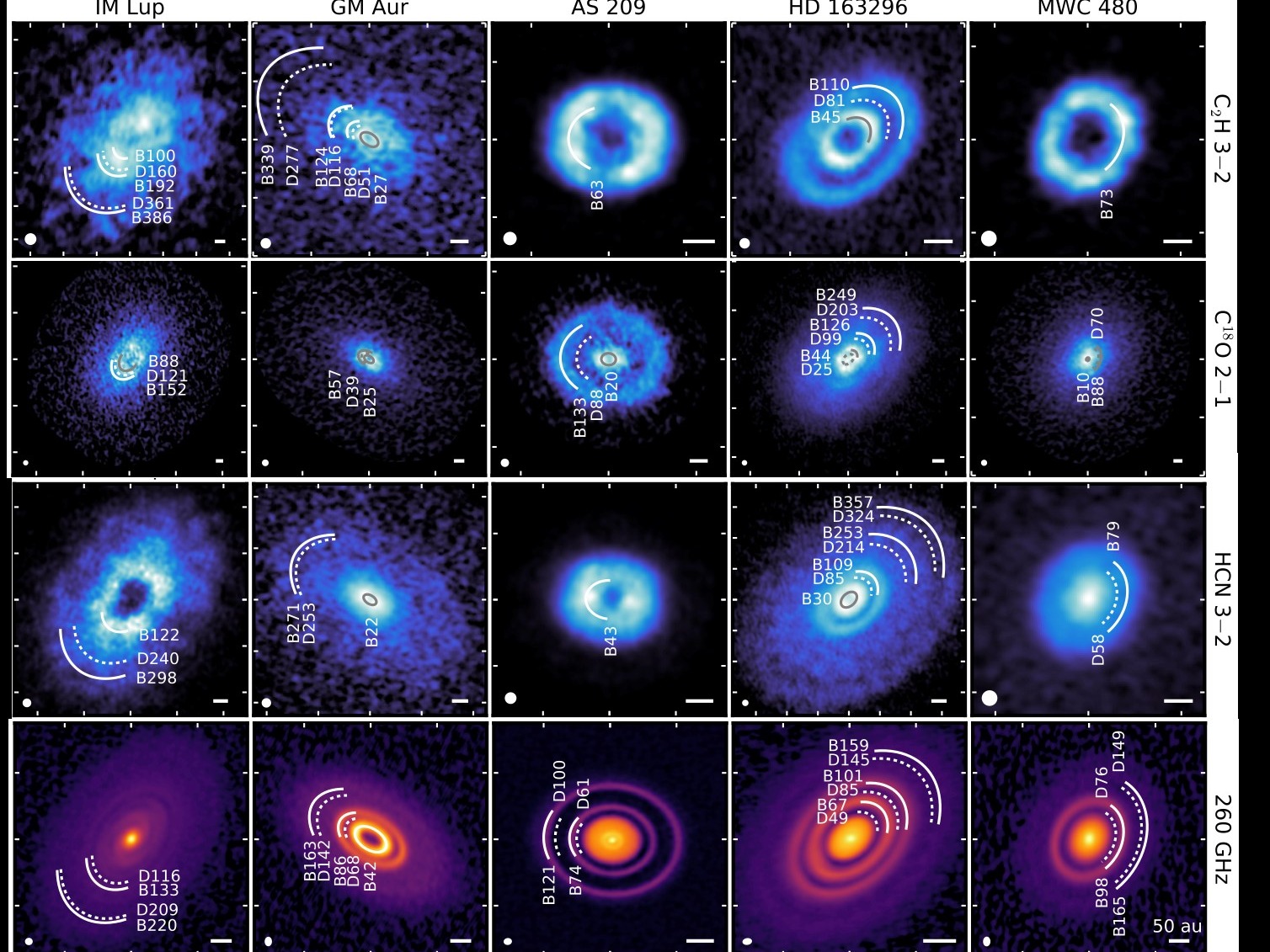
Are substructures in different components of protoplanetary disks correlated?
14 1月 2022Image credit: Law et al. 2021, MAPS IIIIt is commonly believed that planets form in disks surrounding young stars, but how exactly this happens remains an outstanding question. In recent years, astronomers have made great strides in directly observing protoplanetary disks using the Atacama Large Millimeter/submillimeter Array (ALMA), located in the Atacama Desert of Northern Chile. By observing...
阅读更多...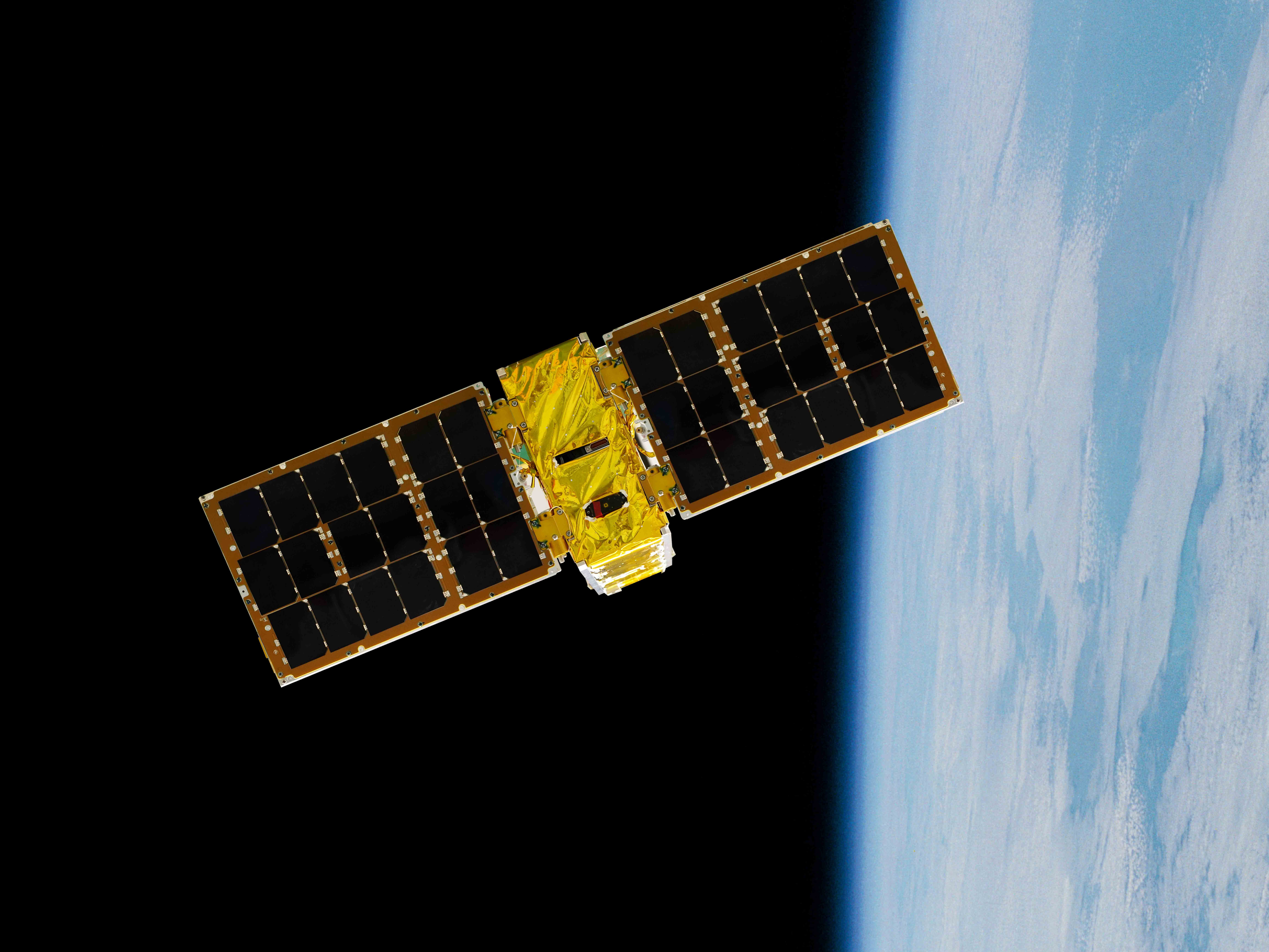
PolarLight Reveals the Corona Geometry in Sco X-1
10 1月 2022On 2022 January 1, Hua Feng and his collaborators reported in The Astrophysical Journal Letters a significant detection of X-ray polarization in Sco X-1 with the space mission PolarLight, which has been operating on-orbit for more than three years since its launch in 2018 October. The results help place stringent constraints on the geometry of the hot corona, and mark Sco X-1 as the second astr...
阅读更多...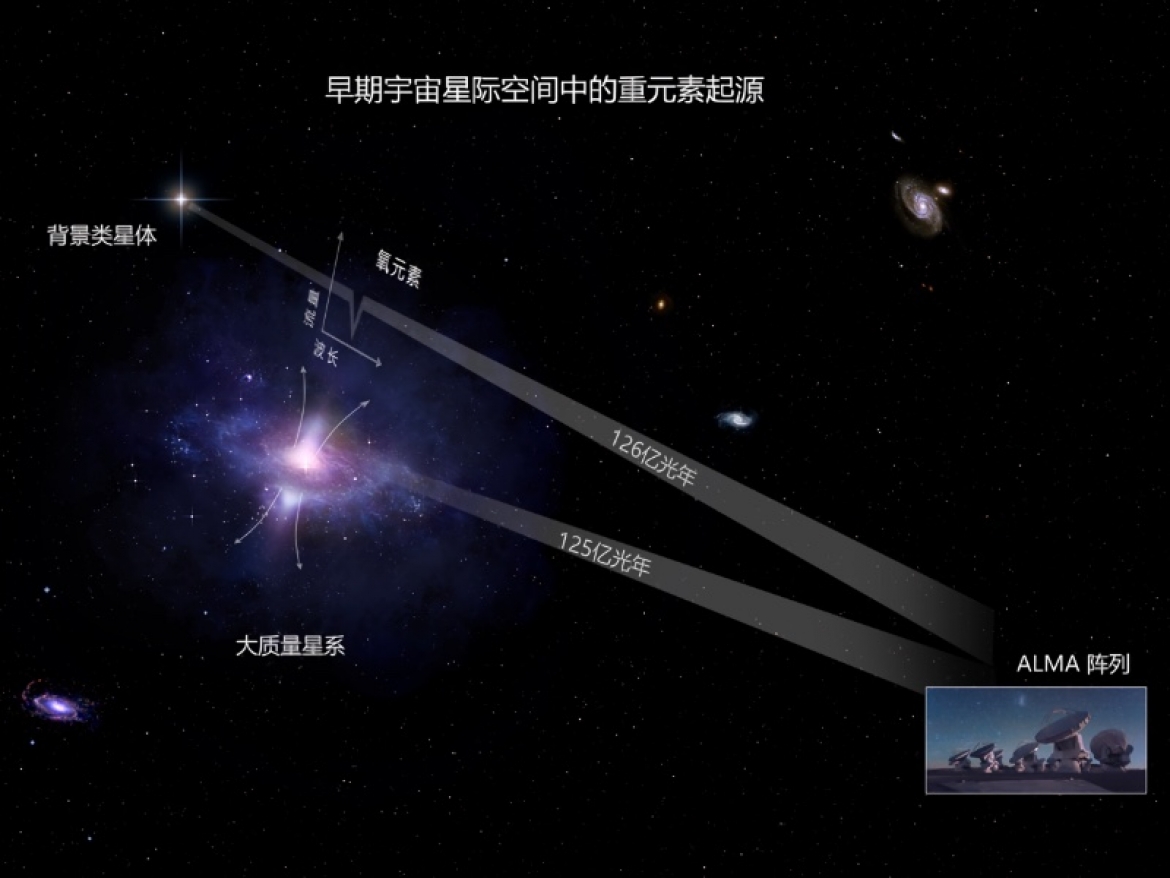
Massive Galaxies May be Crucial for the Enrichment of Cosmic Metal in the Early Universe
27 9月 2021Massive Galaxies May be Crucial for the Enrichment of Cosmic Metal in the Early Universe 27 Sep 2021 What are the sources of early metals and how did they enrich t...
阅读更多...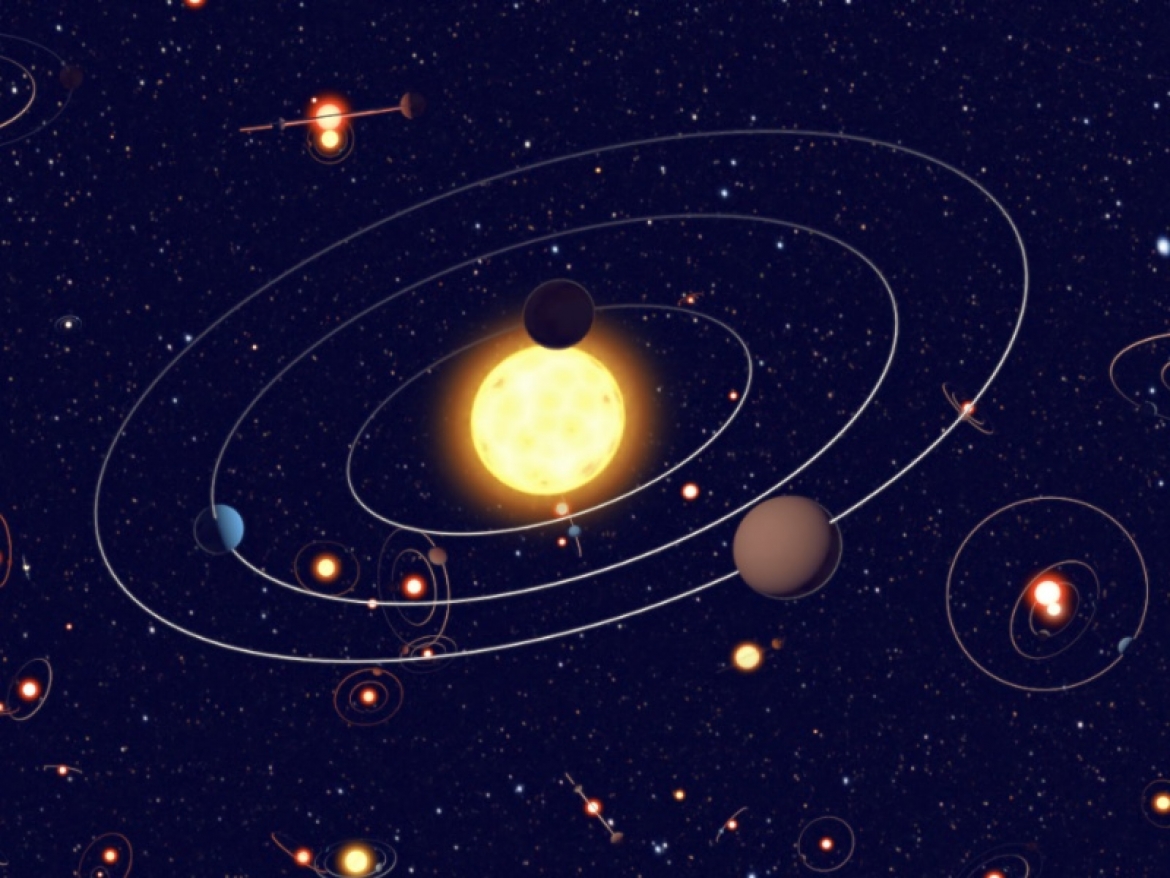
DoA faculty reviews the statistical distribution of exoplanets
09 9月 2021DoA faculty reviews the statistical distribution of exoplanets 09 Sep 2021 How do planetary systems form and evolve? It is a scientific question that astronomers h...
阅读更多...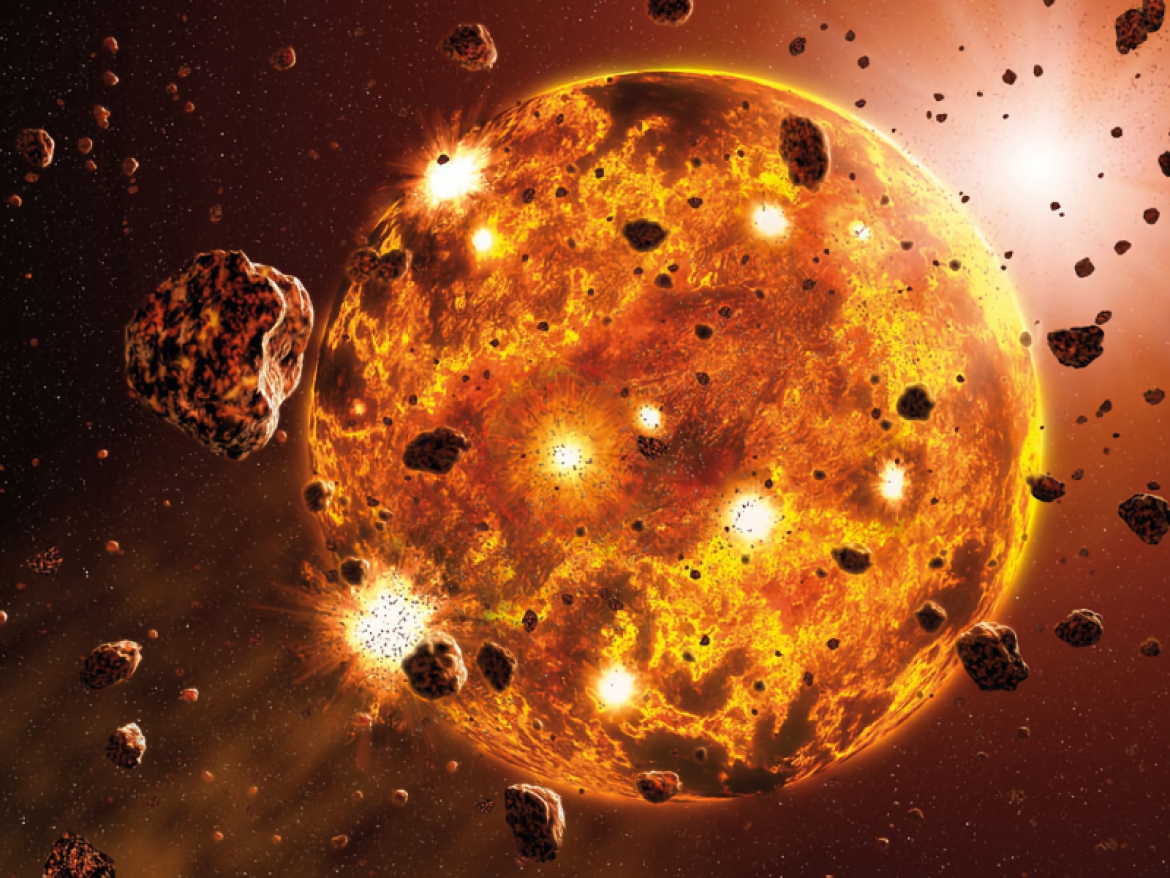
Forming planets by pebble accretion: a metallicity gradient emerges
21 2月 2021Forming planets by pebble accretion: a metallicity gradient emerges 21 Feb 2021 Following our previous research efforts, we have conducted numerical calculations a...
阅读更多...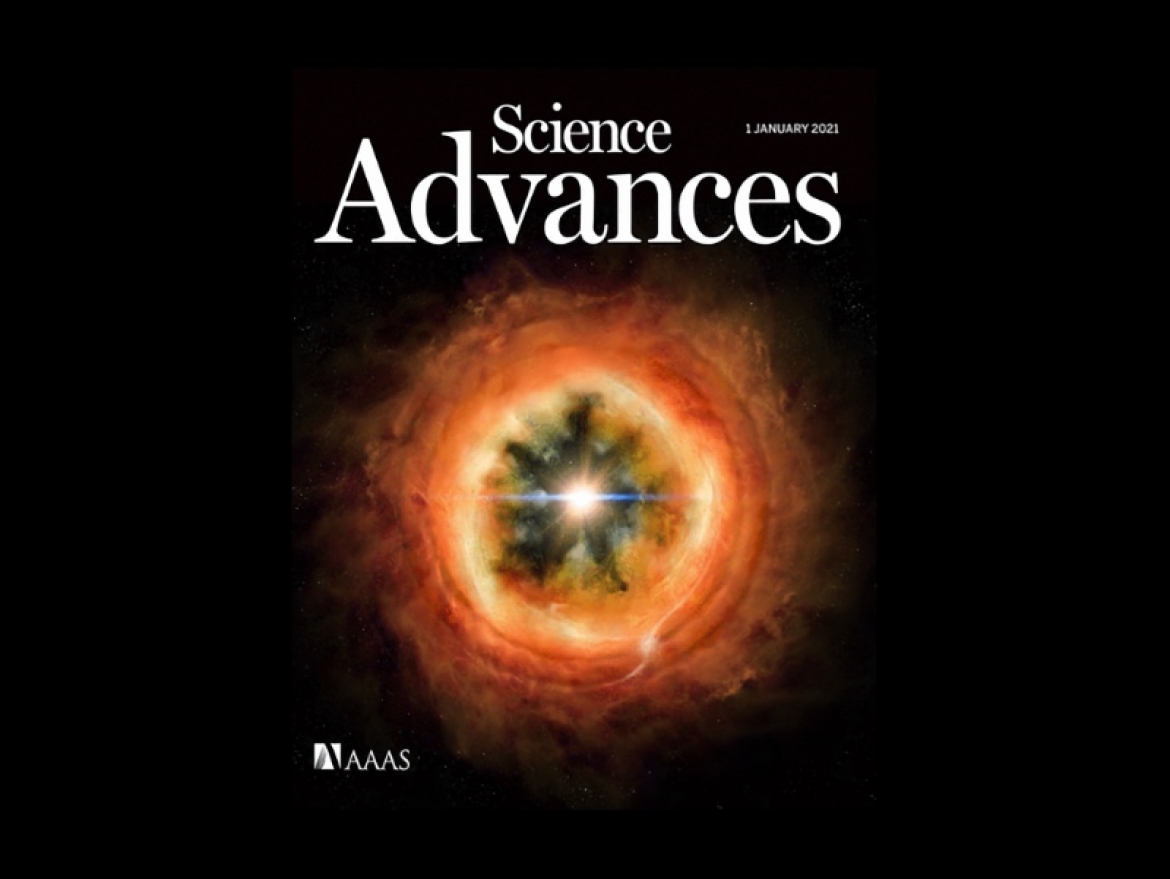
History of the Solar Nebula from Paleomagnetism
04 1月 2021History of the Solar Nebula from Paleomagnetism 04 Jan 2021 The solar system formed about 4.6 billion years ago. During that time, left-over materials of gas and d...
阅读更多...


